Are you experiencing a cockroach infestation that you can’t wait to get rid of? If you’ve already called the pest control company, that’s great! But to prevent this situation in the future, it’s important to equip yourself with the necessary knowledge and to make all the steps you can.
In this article, we’ll help you understand more about cockroaches. We’ll tell you all about the different types of cockroaches, what they eat, how they reproduce, and ultimately – offer some tips on how to prevent a cockroach infestation.
What are the different types of cockroaches?
There are several different types of cockroaches, but the most common species found in homes are the German cockroach, the American cockroach, the Oriental cockroach, and the Brown-banded cockroach.
German cockroach
The German cockroach is the most common cockroach species found in homes. They are small, about 1/2 inch long, light brown and have two dark stripes on the thorax. They are found in kitchens and bathrooms, and often infest apartments, and homes.
American cockroach
The American cockroach is larger than the German cockroach, about 1-1/2 inches long, reddish-brown and is often found in basements, crawl spaces, and sewers. They can also be found in other parts of the house such as bathrooms and kitchens.
Oriental cockroach
The Oriental cockroach is also known as the “water bug” and is about 1 inch long. They are dark brown or black in colour, they are often found in damp basements, crawl spaces, and sewers. They can also be found in other parts of the house such as bathrooms and kitchens.
Brown-banded cockroach
The Brown-banded cockroach is similar in size to the German cockroach, about 1/2 inch long, light brown and has two brown bands across the wings and body. They are often found in warmer and drier areas of the home, such as bedrooms, living rooms, and other areas away from kitchens and bathrooms.
It’s important to note that cockroaches can be difficult to eliminate once they have established a colony, and multiple treatments may be necessary. It’s also important to take measures to prevent them from entering the home, such as keeping the home clean and free of food debris, and sealing up any cracks or holes in the walls, floors, or foundation.
What do cockroaches eat?
Cockroaches are scavengers and opportunistic feeders, meaning they will eat almost anything. They are attracted to food debris, especially grease and sugary foods, as well as other organic materials such as paper, wood, and cloth. They are also known to feed on non-organic materials such as soap, glue and toothpaste.
Cockroaches are nocturnal creatures and are typically more active at night when they come out to forage for food. They can move quickly and can cover a wide area in search of food. They are also known to consume other insects and invertebrates, as well as other cockroaches.
They also can feed on the faeces of other cockroaches, which is called coprophagia. This behaviour can help to spread diseases and parasites among cockroach populations. Cockroaches can survive for several weeks without food but will die within a week without water.
How do cockroaches multiply?
Cockroaches multiply through reproduction, which involves mating and laying eggs.
- Mating – Cockroaches have a distinct mating process, depending on the species, but typically, males will locate and court a female by releasing pheromones from their bodies. Once a male and female cockroach have mated, the female will be able to lay eggs for the rest of her life.
- Egg production – Cockroaches produce eggs in clusters, called oothecae. Depending on the species, each ootheca can contain anywhere from a few eggs to several dozen. Some species of cockroaches carry their eggs in an egg case, which they will deposit in a safe location.
- Development – After the eggs are laid, they will hatch into nymphs, which are smaller versions of adult cockroaches. Nymphs will moult several times as they grow, shedding their exoskeleton before each moult. This process can take several months to a year, depending on the species and conditions.
- Reproduction – Once the nymphs reach maturity, they will begin to reproduce and the cycle will continue. Cockroaches can reproduce quickly, with females capable of producing several generations in a year.
It’s important to note that cockroaches can establish colonies quickly and can be difficult to eliminate once they have taken hold. They can also survive in harsh conditions, can live for several months, and can travel through different spaces, which makes them challenging to control.
How to prevent cockroaches
There are several steps you can take to prevent cockroaches from infesting your home:
- Keep your home clean – Cockroaches are attracted to food debris and other organic materials, so it’s important to keep your home clean and free of crumbs, spills, and food scraps. Wipe down surfaces regularly, vacuum and mop floors regularly, and take out the garbage frequently.
- Store food properly – Store food in airtight containers and keep it in sealed cabinets or the refrigerator. Avoid leaving food out overnight, as this can attract cockroaches.
- Seal up any cracks or holes in the walls, floors, and foundation: Cockroaches can enter your home through small cracks and holes, so it’s important to seal up any potential entry points.
- Remove excess moisture – Cockroaches are attracted to dampness, so it’s important to remove excess moisture from your home. Fix any leaks, use dehumidifiers in damp areas, and ventilate damp spaces such as bathrooms and laundry rooms.
- Use cockroach baits and traps – You can also use cockroach baits and traps to monitor and control cockroach populations. These baits and traps are specially formulated to attract cockroaches and can be an effective way to eliminate cockroaches without using pesticides.
- Professional extermination – If you suspect you have a cockroach infestation, it’s best to contact a professional exterminator to help you identify and eliminate the problem.
It’s important to remember that cockroaches are resilient pests and can quickly establish colonies, therefore it’s essential to have a consistent prevention and elimination plan.

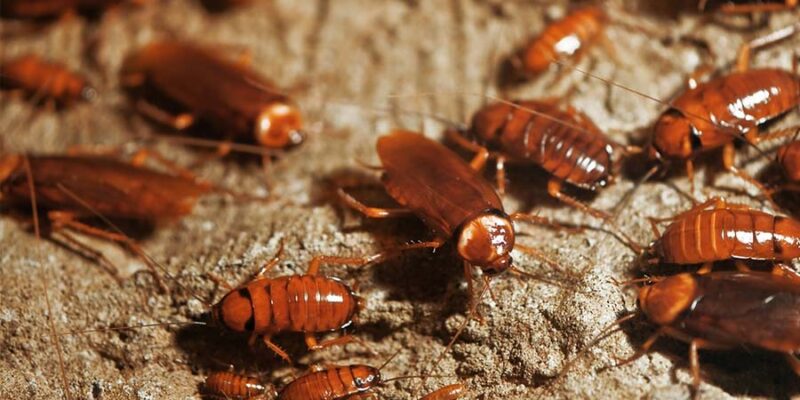
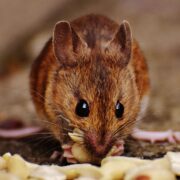
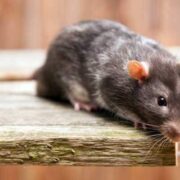

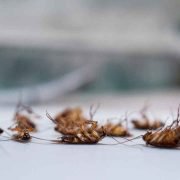


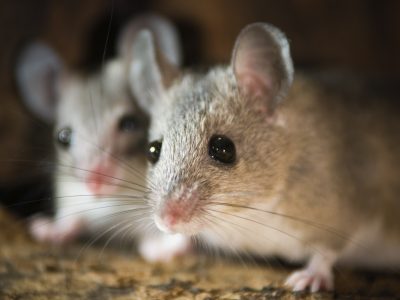
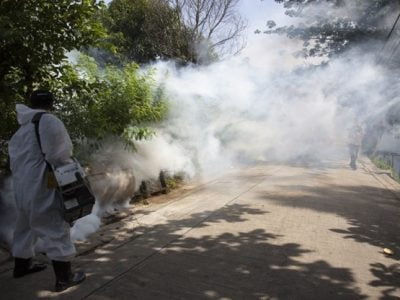




Comments